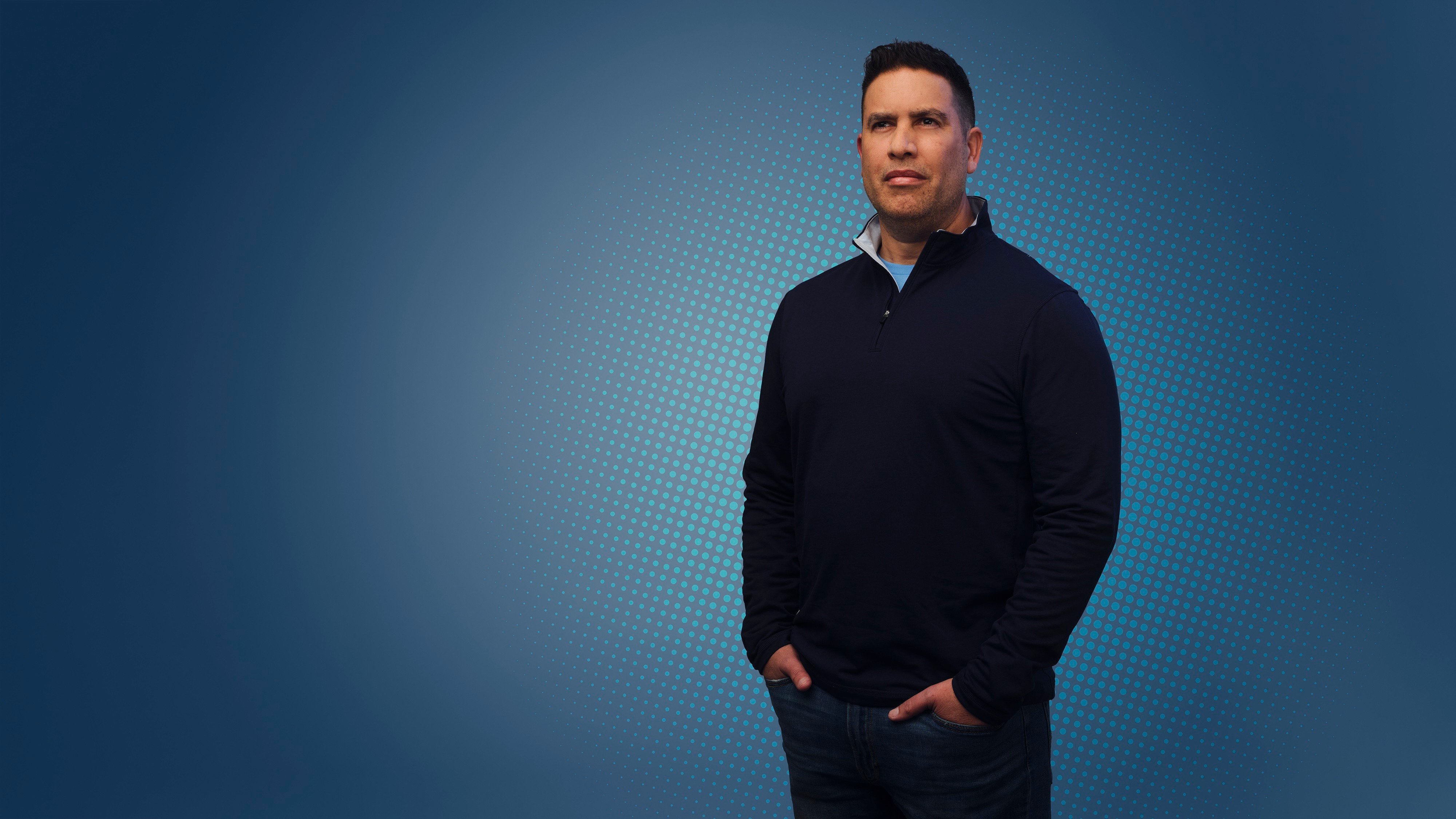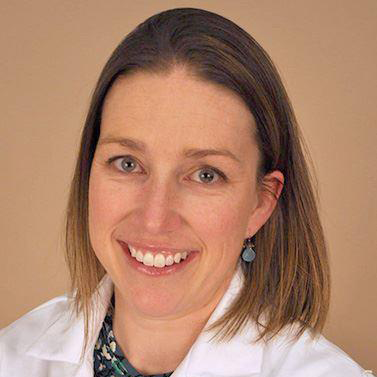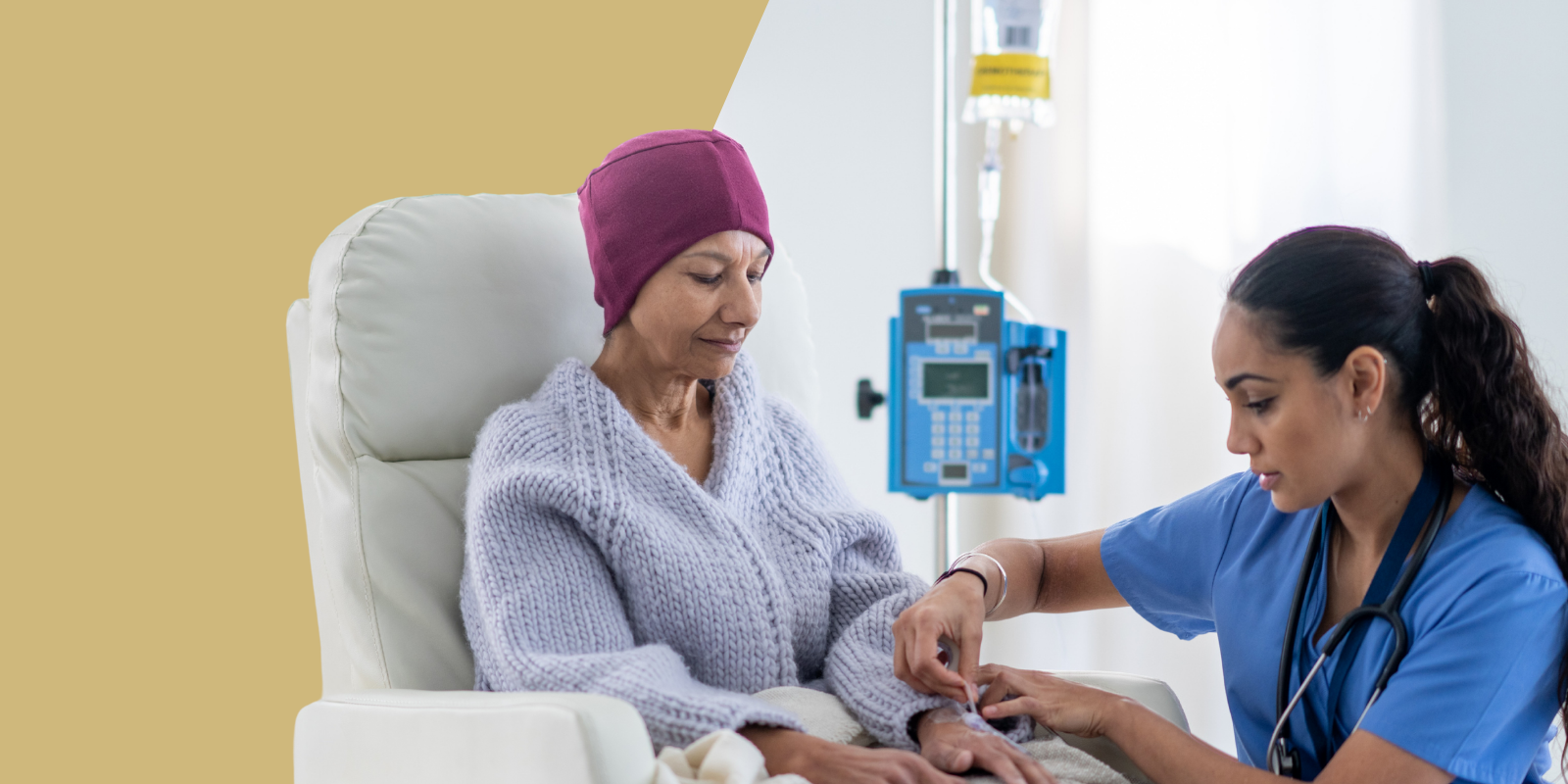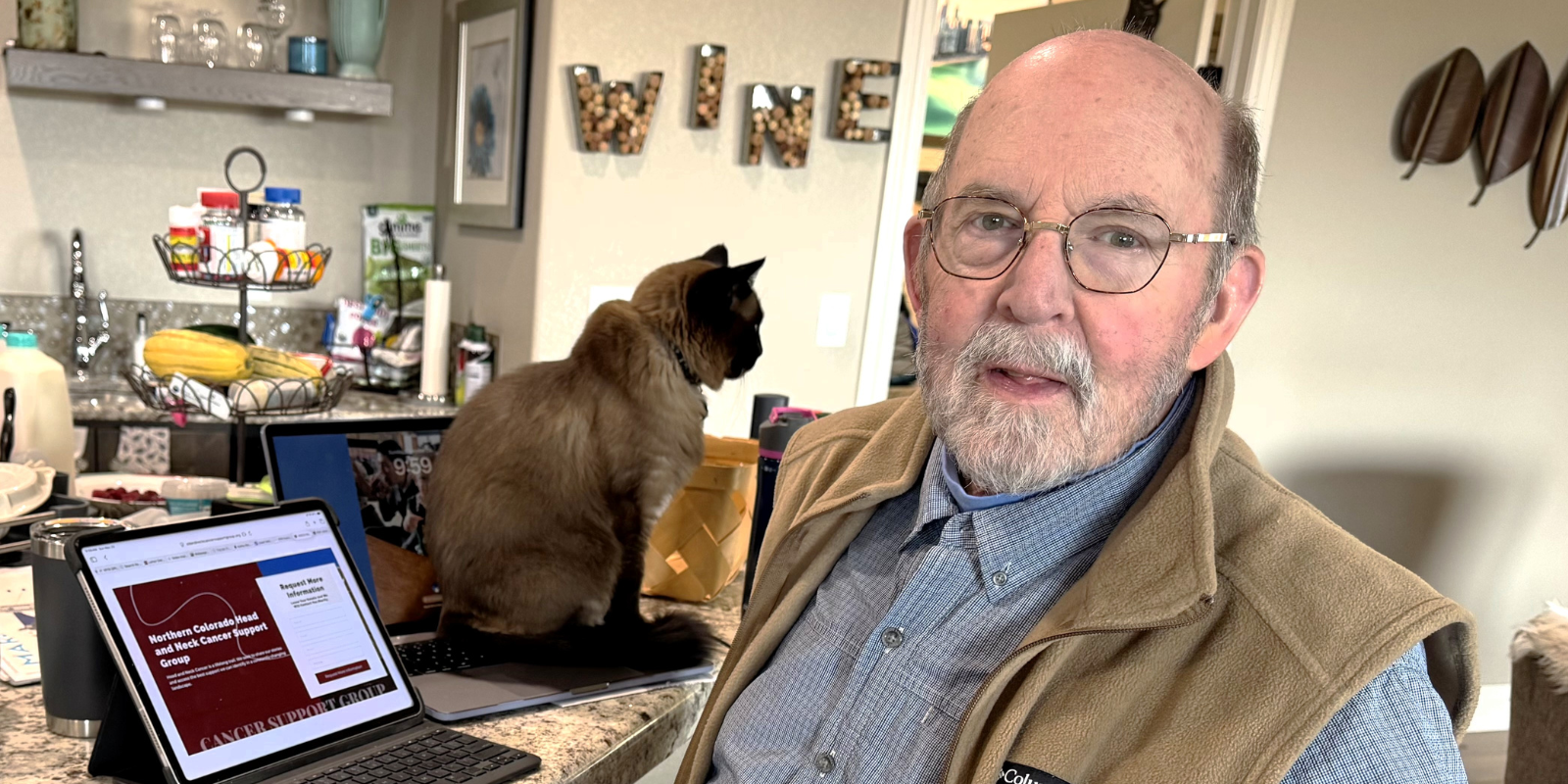As senior associate athletic director for health and performance at the University of Colorado Boulder, Miguel Rueda is used to overseeing the wellness of student-athletes in sports ranging from football and basketball to golf, skiing, and lacrosse.
That’s why, when Rueda was diagnosed with prostate cancer in 2014, he didn’t hesitate to do all he could to understand the disease and the different options for treating it.
“He has been so focused and motivated,” says University of Colorado Cancer Center member Elizabeth Kessler, MD, who helped to oversee Rueda’s treatment. “His commitment to his own health has really helped him do well through all his years of treatment.”
Symptoms and diagnosis
Rueda’s prostate cancer journey began with two of the classic symptoms of the disease — frequent urination and discomfort in the area between the scrotum and the anus. Rueda got checked out by CU Athletics medical director Sourav Poddar, MD, who noticed an abnormality while conducting a digital rectal exam. That, coupled with a higher-than-normal prostate-specific antigen (PSA) number, prompted doctors to order a biopsy.
“My mom was in the early stages of dementia, and we had just moved her from San Francisco to Colorado,” Rueda remembers. “My brother and I were in San Francisco, getting her house ready to sell, and my wife and kids came out and joined us. We were driving to the airport, and I got the call giving me the news that it came back positive for cancer. I can still hear his voice.”
 Rueda poses with his family after finishing his sixth and final round of chemotherapy. Photos courtesy of Miguel Rueda.
Rueda poses with his family after finishing his sixth and final round of chemotherapy. Photos courtesy of Miguel Rueda.
Rueda began treatment at the CU Cancer Center soon after, diagnosed with a particularly aggressive prostate cancer that had spread to the seminal vesicle, the bladder, and nearby lymph nodes. His prostate also contained a rare small-cell neuroendocrine cancer that was more difficult to treat.
“I was an anomaly,” Rueda says. “I was diagnosed with your typical hormone-sensitive prostate cancer, but I also had a small-cell cancer in my prostate. My outlook wasn’t very good. The data showed a life expectancy of about 18 months.”
A new option
Kessler and David Raben, MD, professor of radiation oncology at the CU School of Medicine, started Rueda on hormone therapy, as well as a course of radiation therapy, followed by chemotherapy. The treatment worked so well that soon after it ended, Rueda, a longtime runner, was able to complete a half marathon and two full marathons. Then things got worse. His PSA numbers began to rise again, and cancer was discovered in the lymph nodes in his neck.
“At that point we started him on an oral medication that’s approved for advanced prostate cancer, but unfortunately, he had growth on that medication,” Kessler says. “We did a mutational analysis, and based off of those mutations and what we were seeing on the scan, plus the fact that the cancer had continued to grow through everything that we had given it, we decided to try something else.”
A year or two prior, Kessler and Raben had seen a small study in the New England Journal of Medicine detailing the success of a PARP inhibitor — a targeted cancer drug that prevents cancer cells from repairing themselves, causing them to die — in treating prostate cancer. The drug at that time was only approved for use in ovarian and breast cancer, but Kessler and Raben used it “off label” in Rueda’s case, and it worked beautifully.
 Rueda and his wife, Andrea, after finishing the Austin Half Marathon.
Rueda and his wife, Andrea, after finishing the Austin Half Marathon.
“He responded really nicely, then we radiated those cancerous lymph nodes, which you have to have some expertise to do, because you have to adjust the dose a little bit,” Kessler says. “Dr. Raben had been involved in some studies on PARP inhibitors plus radiation, so he knew how to do that. Since then, Miguel has had no evidence of abnormalities on his scans, and his PSA has been really well controlled. Going from where he only would get months at a time where things seem to be under control to now having six years disease free is pretty amazing for him.”
For Rueda, who paid close attention to his test results over the course of his treatment, the effectiveness of the PARP inhibitor was the first time he felt a sense of hope. (The drug was FDA approved for prostate cancer in 2020.)
“I’m a numbers person, and numbers matter and details matter to me,” he says. “At some point, I was able to not focus on that so much, and that’s a great feeling. And I don’t think it would be possible without Dr. Kessler and Dr. Raben. When I first met with them, they said, ‘We don’t know exactly what this is going to look like, but we’re going to do everything we can to give you quality of life and a longer life.’”
Silver linings
That longer life has taken on new dimensions due to his cancer experience, Rueda says. Along with all the bad and scary things that go along with the disease and its treatment, there have been some unexpected positives.
One of cancer’s lessons was to be more vulnerable, he says. When he first started radiation, he wanted to drive himself to the appointments, thinking that doing so would make the treatments feel more like a daily errand and therefore less frightening.
“My wife was upset, because she wanted to go with me,” he says. “A student of mine told me, ‘You’re scared. You don’t want to include her.’ And she was right. I felt like if I do it, then I'm just running errands — I have to pick up my dry cleaning, run over to get radiation, maybe get a haircut, go back to work. But if my wife takes me, then I also am a patient.”
 Rueda speaks at the PAC-12 Health Equity Summit in 2023.
Rueda speaks at the PAC-12 Health Equity Summit in 2023.
Rueda’s wife began taking him to appointments, and when his chemotherapy began, a different friend or co-worker took him to each of his six rounds of treatment.
“I think as men, we’re more guarded,” he says. “When you include people in the process, you’re more vulnerable. I had to learn that it’s OK to be vulnerable. You can’t heal that well or progress that well unless you are really open. I’m very fortunate — there were so many people who wanted to help.”
Rueda also pays it forward to other cancer patients as co-chair of Community Advisors for Research Equity in Science (COE-CARES), a group aimed at giving patients from various communities a voice in the research enterprise at the CU Cancer Center. It meets monthly and includes a diverse group of patient advocates, cancer survivors, caregivers, and family members.
“When you apply for funding with a research grant, sometimes they want advocates to be part of your grant process, to give input on, ‘Have you thought about this population?’ or, ‘Maybe the way you have this study set up makes it harder for this population to take advantage of it,’” he says. “It’s about being an advocate. There are a lot of people who don’t think of things from the patient’s perspective.”
Coming back into his life after so many years fighting the disease makes the small victories even sweeter, Rueda says.
“These past nine years have been a blessing,” he says. “I’ve done some things professionally that I’m really proud of. I chaired the PAC-12 Medical Group as we were going through COVID, and I had to meet with all of the university presidents and the ADs in the PAC-12. We did Zoom presentations for the parents of all the athletes, and we were creating policy for all the schools.
“I was able to return to a level I was operating at way before I got sick,” he continues. “That has had a huge effect on my life, because I was able to get back and prove that, ‘OK, I have this disease, but it doesn’t own me, I can still do these things and be very effective.’”
Though Rueda knows his tenacity played a large part in his recovery, he gives all the credit to his CU doctors, Kessler and Raben.
“I’m alive today,” he says, “because I feel like they gave me permission to fight.”
Featured photo: Rueda's wife, Andrea, and his California State University, Fresno, mentor, Paul Schechter, give Rueda a kiss on the head after his first round of chemo. Rueda worked for Schecter as a graduate student athletic trainer in 1996.




